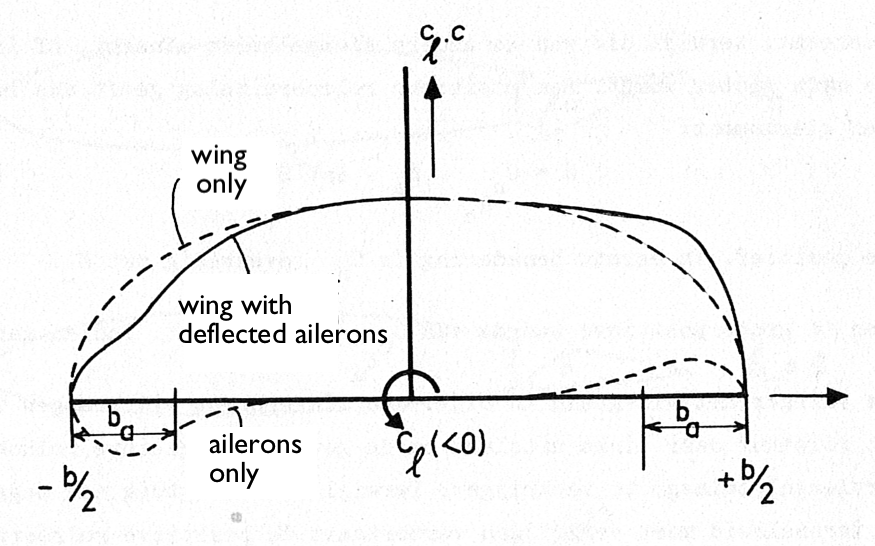The aileron going up does produce drag as well - once it is producing a sizeable amount of downforce. At rest, it is aligned with the back end of the wing, and in a wing with no camber the aileron produces symmetrical drag. But wings usually do have camber, so at rest the aileron points trailing edge downwards and starts with positive lift plus the associated drag. When going up, lift and drag first reduce until the aileron is flush with the airstream, while the other aileron produces more lift and drag.
Adverse yaw has two causes:
- The "hooking" effect described above, and depicted in the figure from my old uni book.
- The roll rate resulting from aileron deflection, which increases Angle of Attack of the downwards travelling wing. This tilts the lift vector forwards, producing an additional adverse yaw effect.

